There can be your advertisement
300x150
How to Quickly Build a Bathroom on a Dacha: Expert Tips
If you don't know where to start, use the recommendations of a professional
A toilet in the form of a separate building on the plot is a big problem for life on a dacha, especially in cold seasons. How to solve this issue is explained by architect Nikita Morozov.
Nikita Morozov is an architect and founder of the KM STUDIO design bureau, where young architects and designers create interiors in various styles—from art deco to loft.
Toilet Inside the House
Choose a room so that it is located as close as possible to an exterior wall of the house and near the septic tank. This will save you on pipes and you won't need to run utilities through other rooms.
First, build a partition wall separating the room from other areas using a framed wall with plywood or OSB cladding. To make the bathroom warm, insulate the frame with thermal insulation material.
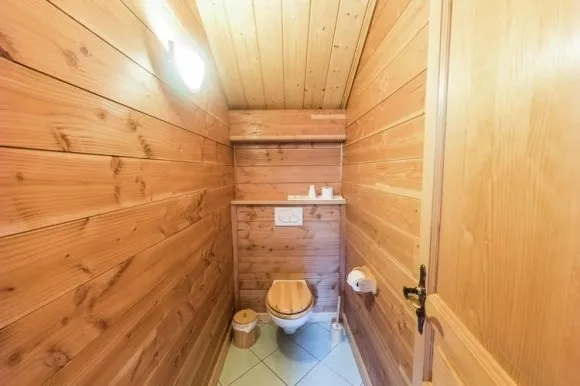
Install a door separating the bathroom from other rooms. For proper air circulation, there must be a gap of at least 5 millimeters between the bottom edge of the door and the threshold.
Drill holes in the walls and floor to bring in water pipes and sewage pipe. Secure adapters or taps on the walls for connecting the toilet and sink.
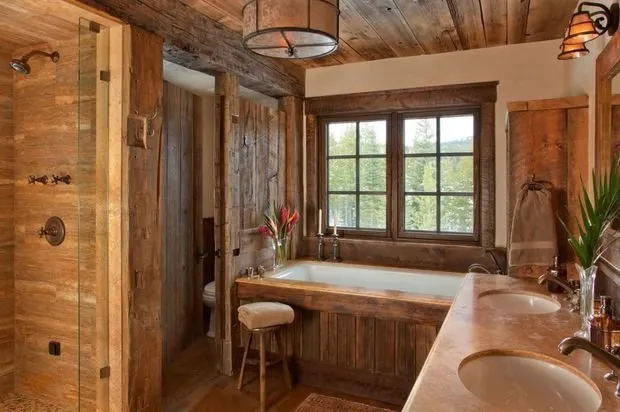
Protect the walls from moisture by applying waterproofing or cladding with plastic panels. In the second case, additional insulation can be added by laying polystyrene, mineral wool, or foil-faced polymer fabric under the frame cladding.
A ventilation hole must be made in the ceiling. You can use a simple exhaust hood, but I prefer installing an electric fan and routing its power to a separate switch—this makes forced ventilation of the bathroom much more convenient.
Biotoilet
It's also possible to create a comfortable toilet on a dacha without a septic tank and internal plumbing. For this, you'll still need to set up a room, but waste disposal will be handled through biological treatment systems.
There are several types of biotoilets suitable for use in private homes.
Compost
Systems with partial waste disposal operate on peat or a mixture of peat and wood chips. The material composts when interacting with waste, and subsequent portions are added to the container using an automatic doser.
Systems with full waste disposal work on a similar principle, but composting is more reliable, and the end result is effective fertilizer.
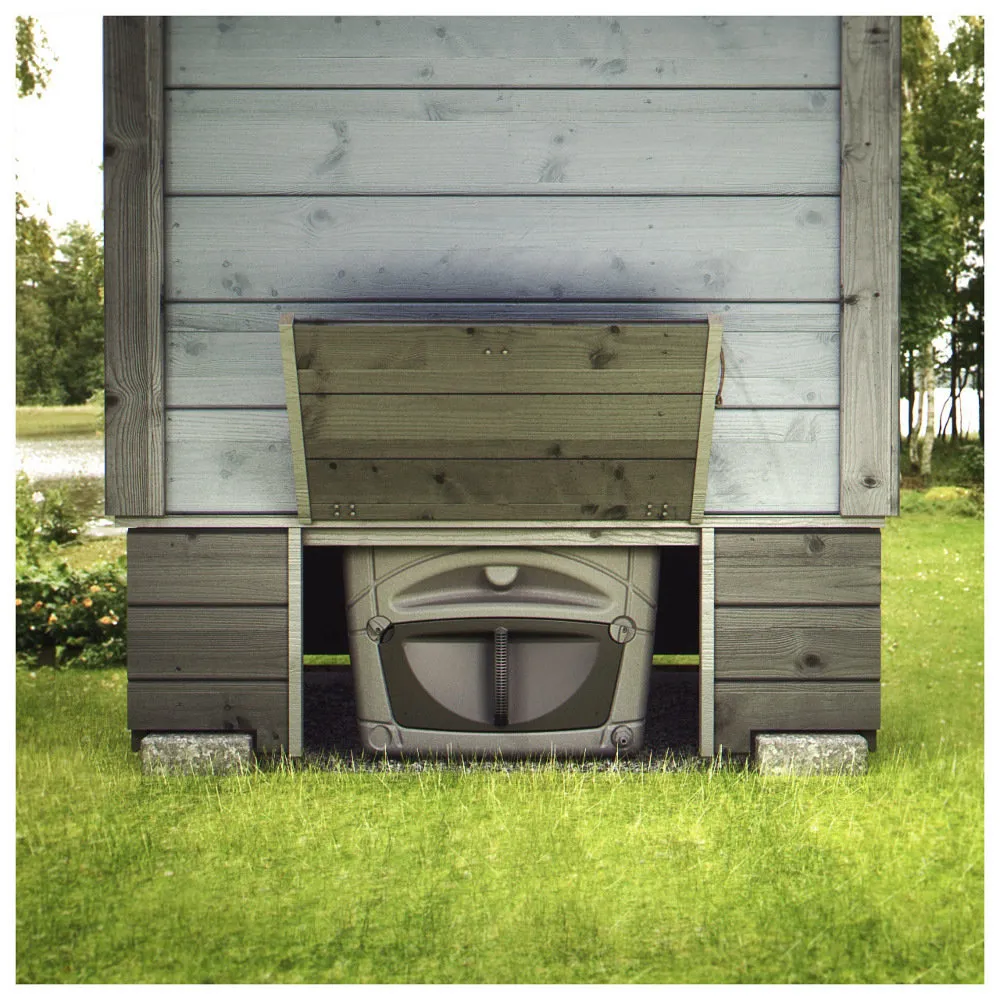
Separation
During waste processing, the effluent is separated into liquid and solid fractions: solids are removed for composting, while the liquid is filtered in a special block.
Thermal
The system requires about 5 kW of power, so it can only be installed in homes with good energy supply. Waste is burned to ash, and moisture evaporates through a condenser.
Cryogenic
Masses entering the biotoilet are frozen, which kills almost all microorganisms and eliminates odors. The downside is that the system depends on network voltage.
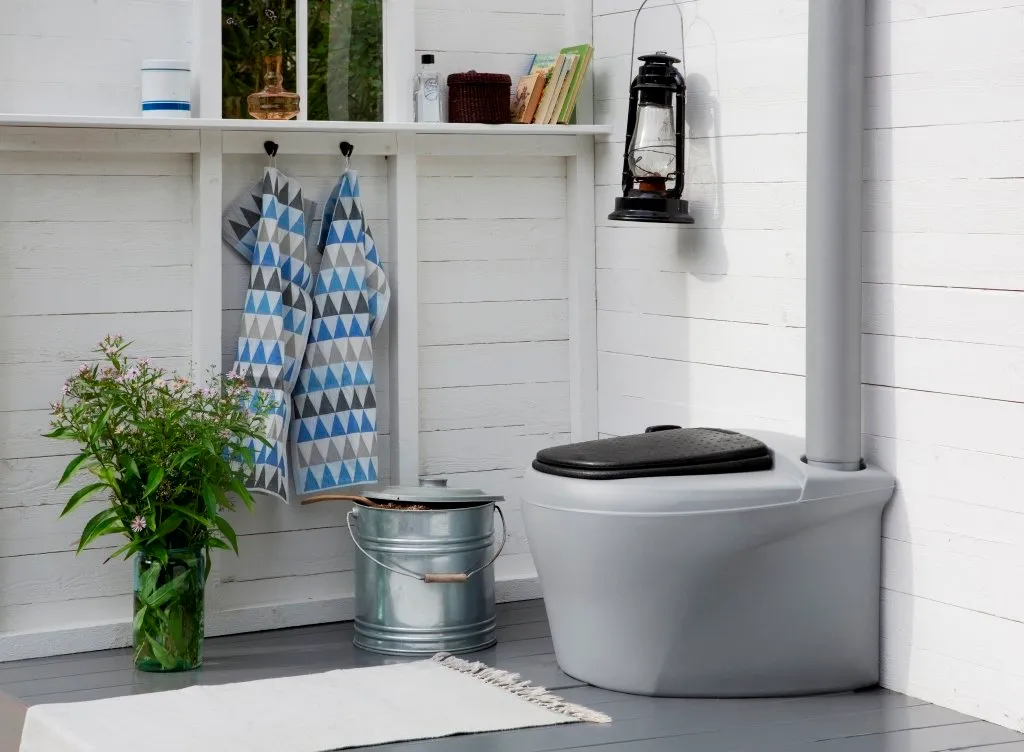
SaniPump
Forces sewage systems, also known as SaniPumps, grind and remove effluent from the bathroom to the sewer or septic tank where conventional sewage connection is difficult. These systems are used when the bathroom is far from the main sewer or below its level.
SaniPumps grind waste without using chemicals, making them compatible with septic tanks and connectable not only to toilets but also to sinks, showers, baths, washing machines, and dishwashers.
Installation requires electricity and cold water supply to the bathroom. The grinder is installed behind a standard toilet with horizontal outlet, directing wastewater through a small-diameter pipe—22–32 mm.
All systems for forced sewage are equipped with a check valve to prevent untimely activation of equipment and avoid the risk of water flowing back into the toilet or other fixtures.
Installation and maintenance are very simple, but it's better to hire professionals. Note that different brands and types of pumps have varying performance, noise level, degree of waste grinding, and design. These are important parameters to consider when choosing rather than after installation.
More articles:
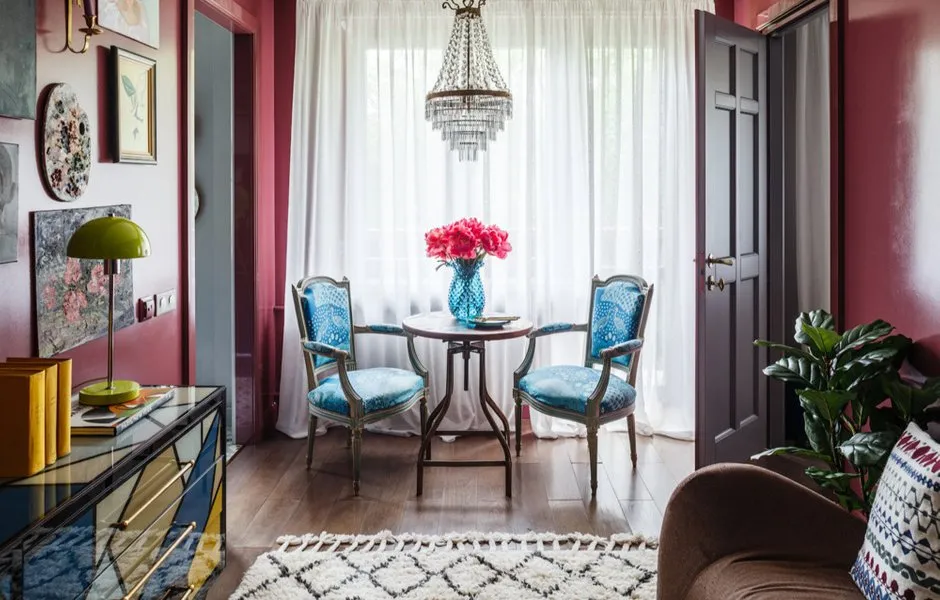 How to Properly Organize According to Vastu Principles
How to Properly Organize According to Vastu Principles Designer Named Interior Styles That Will Never Go Out of Fashion
Designer Named Interior Styles That Will Never Go Out of Fashion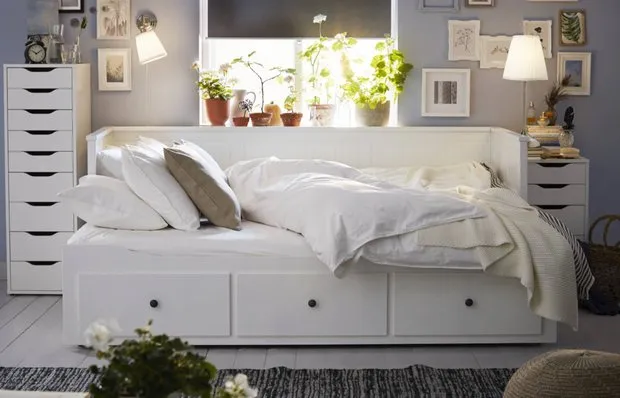 10 Cool Products That IKEA Has Reduced Prices On
10 Cool Products That IKEA Has Reduced Prices On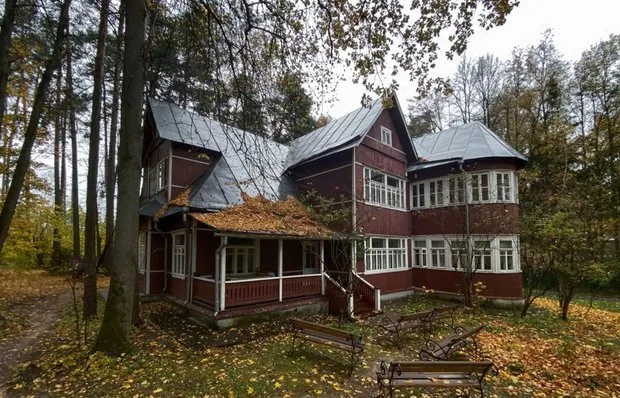 Unusual Peredelkino: The House of Creativity, Park, and Creative Residencies
Unusual Peredelkino: The House of Creativity, Park, and Creative Residencies 4 Great Ideas for Easter Decoration: Fast and Simple
4 Great Ideas for Easter Decoration: Fast and Simple Cleaning Windows Without Smudges. We'll Prepare the Cleaning Solution for You
Cleaning Windows Without Smudges. We'll Prepare the Cleaning Solution for You 8 Main Mistakes and Anti-Trends in Window Treatment
8 Main Mistakes and Anti-Trends in Window Treatment Dream Kitchen: Where to Save Money and Where to Spend
Dream Kitchen: Where to Save Money and Where to Spend